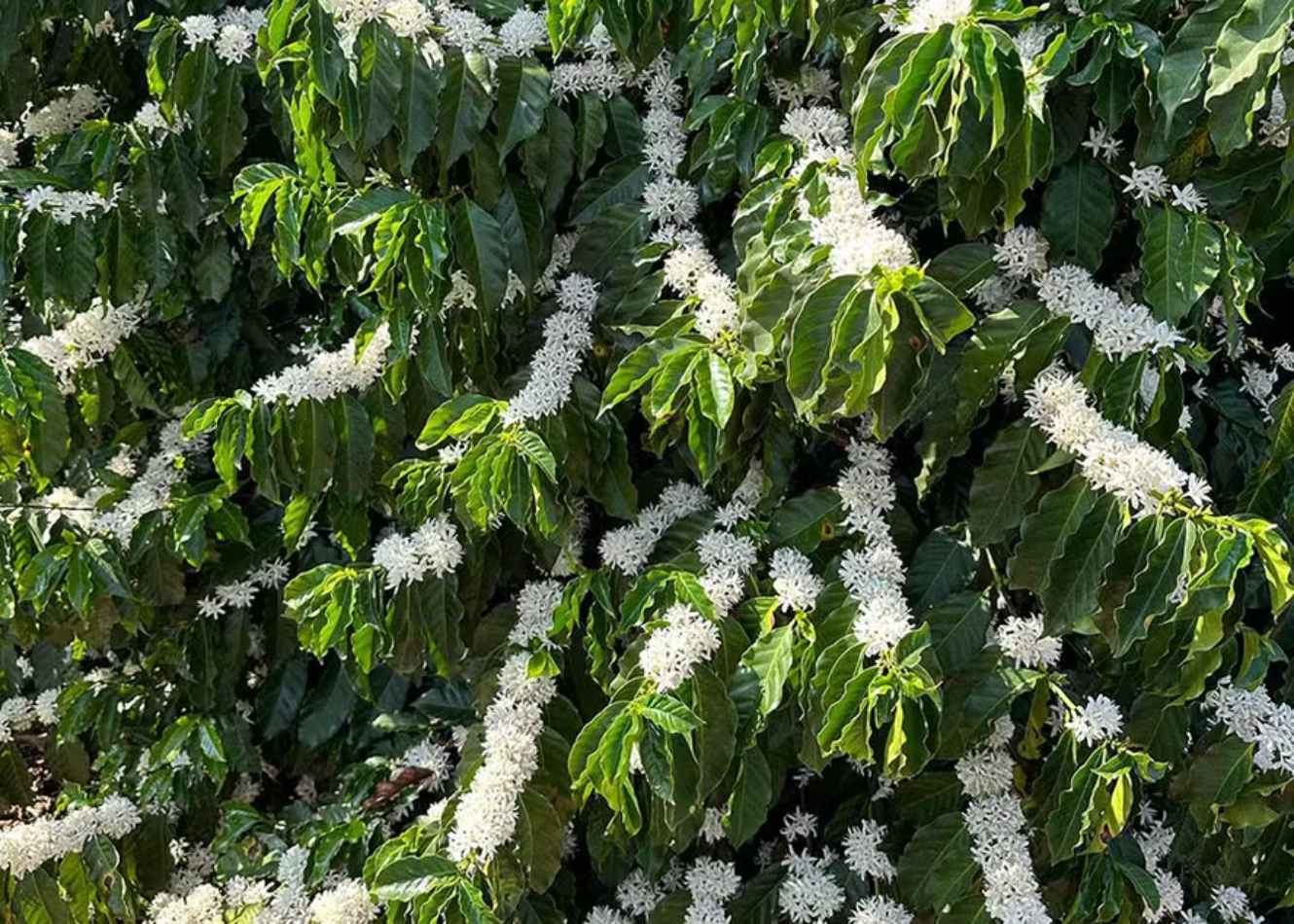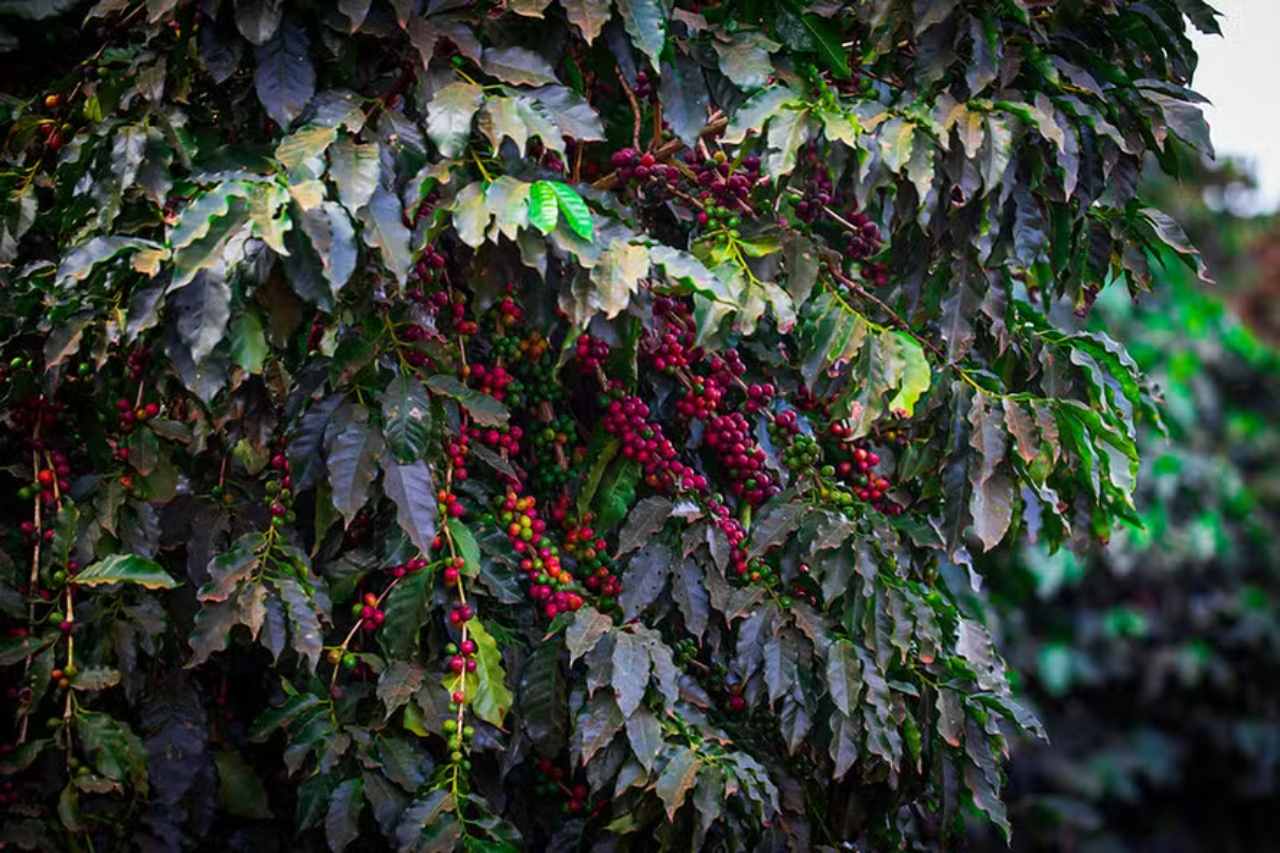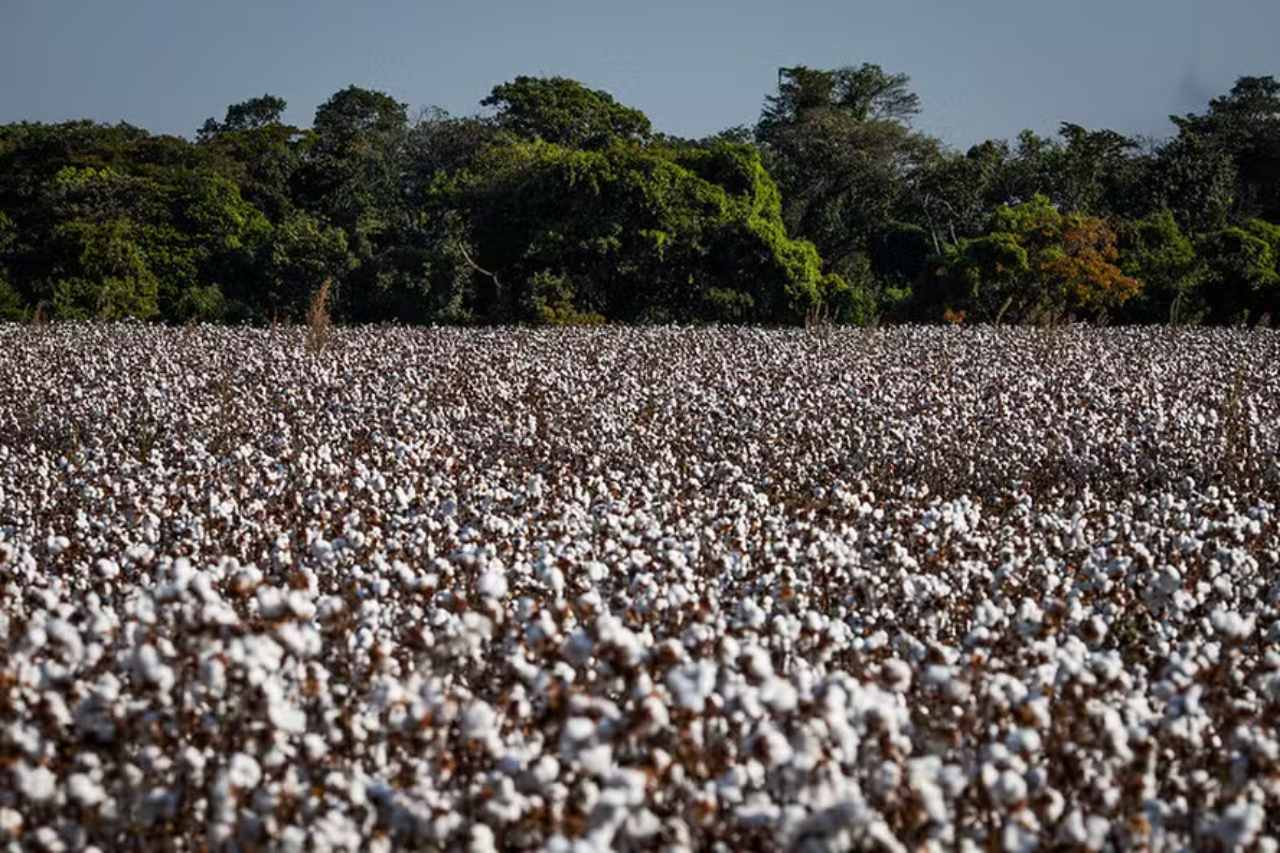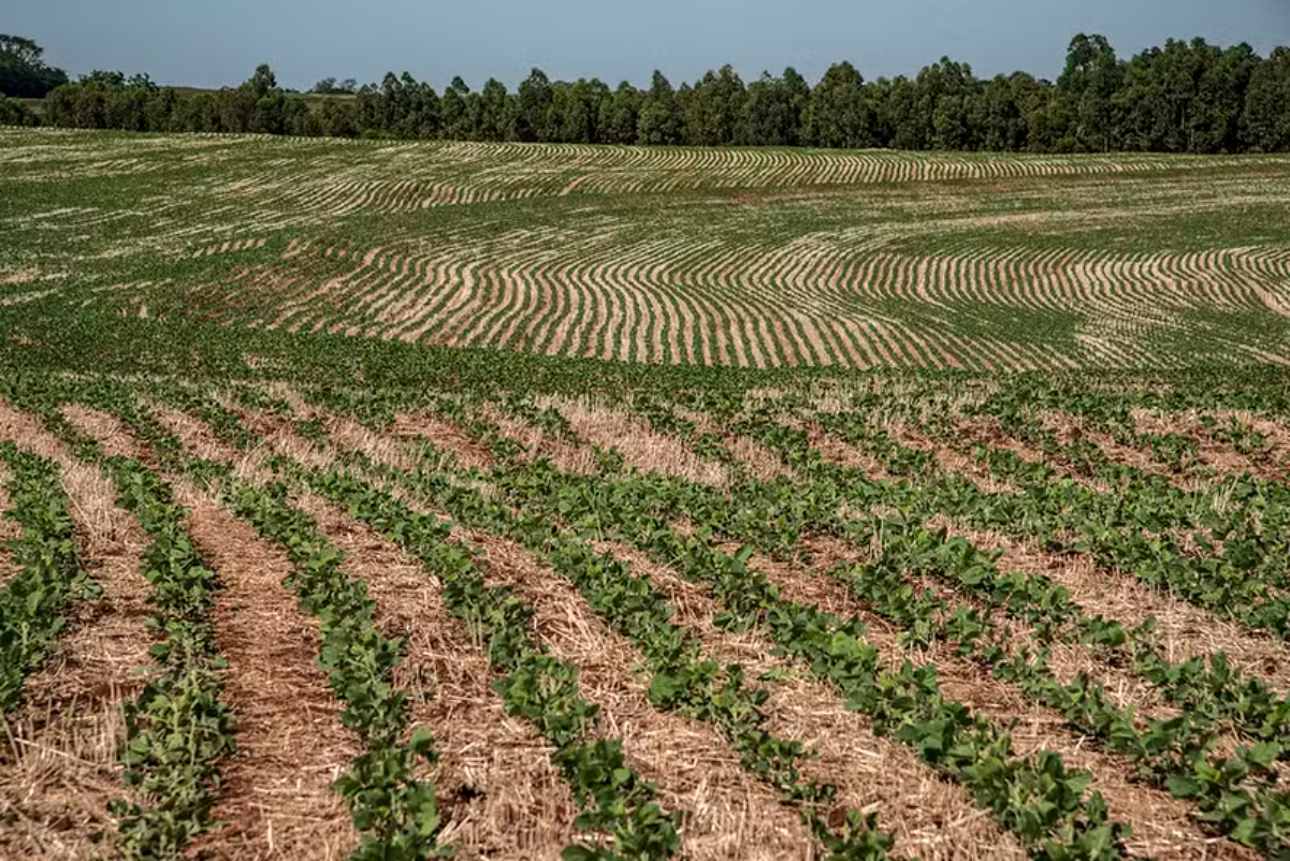Significant Delay in Precipitation This Year Could Harm the New Harvest
October rains and projections for continued rainfall over the next ten days provide relief for coffee producers, easing concerns about a significant drop in the 2025/26 harvest. However, farmers remain concerned about the potential impact on the quality of the beans, particularly regarding the level of “chumbinho” (undeveloped or malformed beans) and the actual percentage that will turn into marketable coffee.
According to Cooxupé, the largest coffee cooperative in Latin America, it is still too early to project results for the 2025/26 harvest, especially because the flowering occurred in a concentrated manner, which, while positive for the coffee plants, complicates predictions. The organization notes that there was a good flowering, following hundreds of days without rain, particularly in the state of Minas Gerais.
While the recent rains have helped, they may not fully compensate for the significant delay in precipitation this year. Cooxupé estimates that a definitive conclusion about the harvest will only be possible by mid-December. Until then, technicians will continue assessing the coffee plantations.
Recently, the cooperative reported that coffee-growing regions in Minas Gerais and Alta Mogiana saw rainfall above the historical average for October, with a concentration of rain in a single month after a prolonged drought. While this situation aids in the recovery of the plants, it does not guarantee a record harvest.
In the coming days, coffee farmers will observe how the flowering is setting, which was delayed in most plantations due to the drought and high temperatures. They will also decide on the management system to adopt for the remainder of the year to avoid pests and diseases.
According to the Center for Advanced Studies in Applied Economics (Cepea), producers are advised to intensify plant treatments and monitor water availability in the coffee fields to ensure that most of the flowers do not abort or turn into chumbinho.





